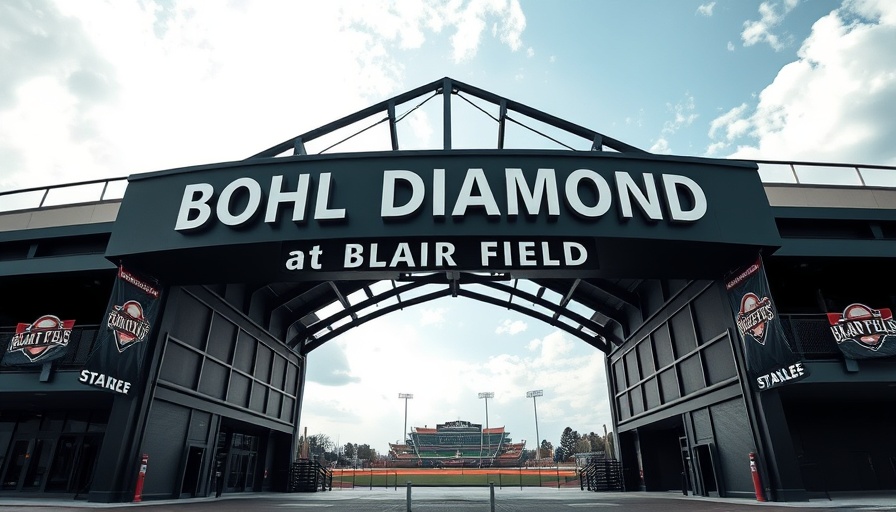
Long Beach Welcomes Minor League Baseball: A New Chapter for the City
On July 22, 2025, the Long Beach City Council took a significant step towards enhancing the city's recreational landscape by unanimously approving the idea of bringing a minor league baseball team, tentatively called the Long Beach Baseball Club, to Blair Field at Cal State Long Beach. This development mirrors similar initiatives that have seen minor league franchises thrive in other regions, set to inject vibrancy into the local economy and community.
The Vision Behind the Long Beach Baseball Club
Led by Bryan Carmel, co-founder of the Bay Area’s Oakland Ballers, the ownership group is determined to replicate their success in Long Beach. In just one year, the Oakland Ballers managed to attract over 100,000 fans, demonstrating the potential for community engagement that minor league teams can provide. Carmel's excitement about Long Beach stems from the city's unique character, which he believes aligns perfectly with the minor league model, aiming to entertain and serve local families.
Enhancing Community Engagement Through Sports
For Long Beach locals, having a professional baseball team is about more than just the game; it's an opportunity for families to engage in community events. Councilmember Kristina Duggan stated her enthusiasm for the new energy the team would bring, emphasizing the enhanced entertainment options for residents. Former MLB player Chase Darnell echoed this sentiment, noting the lack of live sports available for families once the CSULB Dirtbags' season ends in May. A minor league team would fill this gap, offering a family-friendly environment that supports local athletes.
Investments and Improvements at Blair Field
Before the first pitch can be thrown, necessary upgrades to Blair Field must be made to meet league standards. The ownership group has committed to investing in improvements such as enhanced seating, a batter's eye structure, and renovations to the visitor's clubhouse. The city’s mayor, Rex Richardson, highlighted the field’s good location, stating that these enhancements could also serve to complement Long Beach State's baseball program, making it a hub for sports enthusiasts.
Addressing Community Concerns
While excitement builds surrounding the potential arrival of the Long Beach Baseball Club, it is essential to acknowledge the concerns from residents regarding increased noise, traffic, and other challenges associated with having a professional program. The City Council has committed to transparency and open dialogue as negotiations progress, ensuring that any agreement made respects community needs and prioritizes public enjoyment.
Looking Ahead: Opportunities for Long Beach
As plans solidify for the Long Beach Baseball Club, stakeholders are optimistic about the positive impacts on local businesses and tourism. Minor league games often drive foot traffic to local eateries, shops, and service providers. With the right strategies in place, the team’s arrival could be a catalyst for revitalization in the surrounding areas, encouraging further investment and development.
The Future of Sports in Long Beach: What Can We Expect?
With the prospect of a minor league team on the horizon, community stakeholders should brace for a shift in Long Beach’s cultural landscape. Whether it's through hosting themed game nights, engaging in community services, or fostering youth leagues, the franchise has the potential to create a lasting legacy in its new home. This envisioned symbiosis between the club and the city may ultimately redefine how residents experience sports.
In conclusion, as we anticipate more concrete developments in the coming weeks, Long Beach is poised to embrace a new era of community engagement and sportsmanship. The arrival of a minor league baseball team presents numerous opportunities, and it’s imperative that the community remains a central focus throughout this process.
 Add Row
Add Row  Add
Add 




Write A Comment